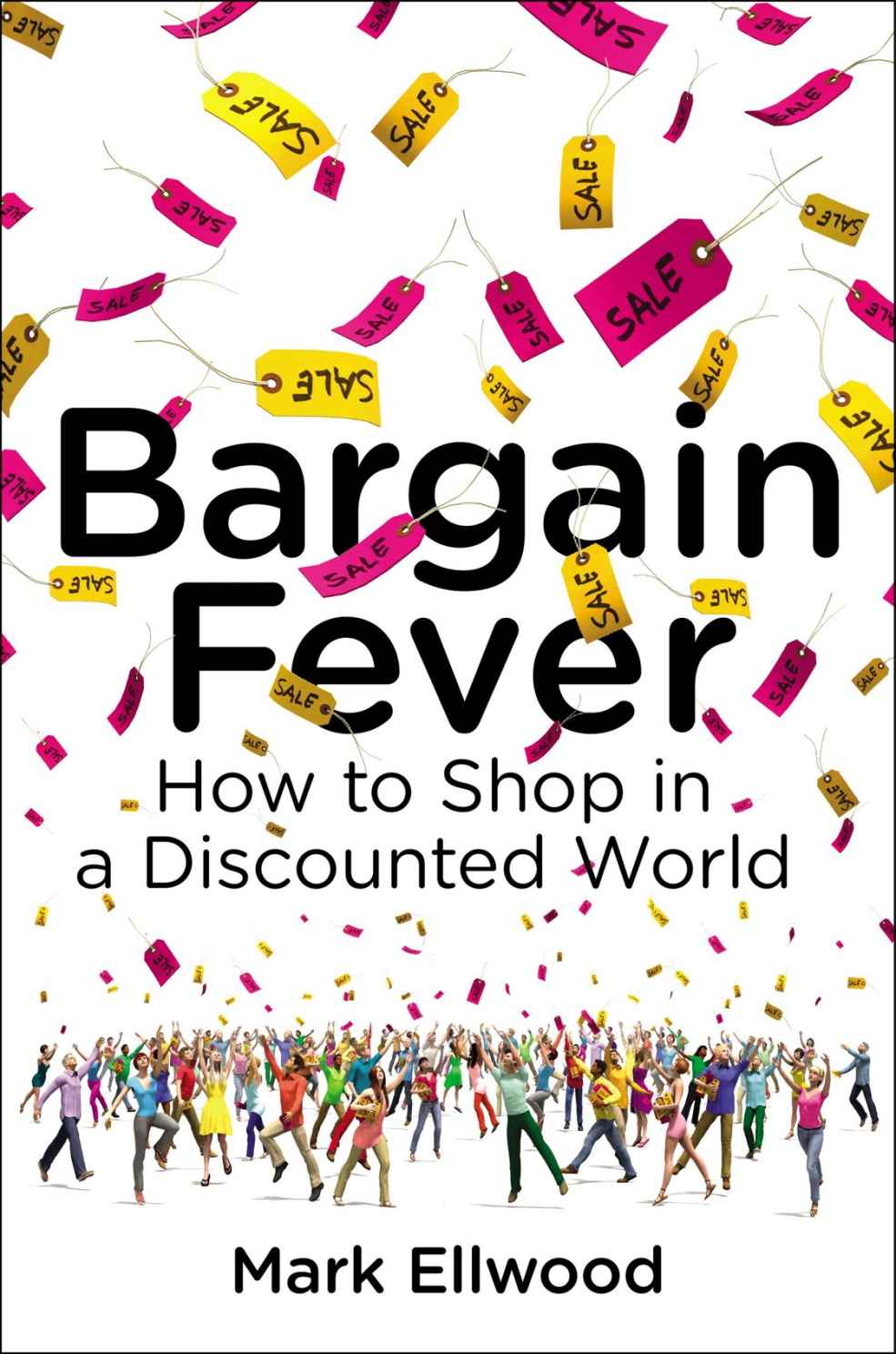
Bargain Fever
The War Between Shoppers and Sellers
کتاب های مرتبط
- اطلاعات
- نقد و بررسی
- دیدگاه کاربران
نقد و بررسی

August 12, 2013
Americans love a bargain, and our passion for a good deal has sparked a paradigm shift in the retail industry. Journalist Ellwood offers surprising statistics that indicate that bargain shopping has become a permanent way of life. As a result, businesses have to operate differently, even those not traditionally associated with discounts. Buyers are informed, expectant, and entitled, and they hold all the power. Ellwood calls this new buying reality “Shopping 3.0,” and explores the effects of dopamine on the brain and the hormonal “buyagra” resulting from successful customer’s experiences. While stereotypical bargain hunters may be low-income consumers, Ellwood shows that the wealthy are not immune to the thrill of a deal. He examines the Groupon phenomenon, yo-yoing air travel fares, J.C. Penney’s disastrous “Every Day Prices” policy, and the emergence of super-fakes—counterfeit luxury items almost identical to the real thing. While Ellwood discloses intriguing tidbits about how American’s shop, he also explains the vastly difference purchasing habits of the Chinese, Germans, and Japanese. Well-written and illuminating, Ellwood reveals the implications bargain shopping holds for American retailing not just in the present, but for years to come. Agent: Erika Storella, Gernert Company.

November 1, 2013
Journalist Ellwood (The Rough Guide to Miami and South Florida, 2008, etc.) offers an in-depth account of how American consumer culture has become permanently discount-driven. Opening with a joke that his name should have been "Markdown" instead of Mark due to his parents' love of bargains, the author continuously interweaves levity and behind-the-scenes stories into his report on what he calls "Shopping 3.0." He claims that this phase in retail shopping stems from oversupply and underdemand; "another fitting name for bargain fever," he writes, "could be Too Much Stuff Syndrome." One highlight includes research proving that buying something for a discount spikes the brain's production of dopamine, thereby boosting happiness. Ellwood also explains that stores often display a few items with staggering price tags for the sole reason that the contrast leads customers to view everything else as more affordable. In addition to price consulting, the author examines the impact of coupons, from the first one ("Free Tickets" presented by Coca-Cola) to the cultlike community of "extreme couponing." He touches on subjects ranging from sample sales of high-end fashion, both in person as well as online, to what paved the way for Groupon's e-commerce success and the company's effects on small businesses. He personalizes statistics underscoring this climate of increasingly savvy shoppers and merchants with myriad tales from around the world that entertain and inform in equal measure, and he successfully argues that there's never been a better time to be a buyer and examines how best to evolve from here, from both a shopper's and a seller's perspective. "No one should pay full price for anything, ever again," he writes in conclusion. "Yes, that includes you." An eye-opening, readable examination of the world of bargain shopping in today's retail world.
COPYRIGHT(2013) Kirkus Reviews, ALL RIGHTS RESERVED.

September 1, 2013
In 2011, most retailers sold 40 to 45 percent of their inventory at some kind of promotional price (10 years previously, it was 15 to 20 percent). And people seem to be more accepting about an advertised sale. In 2006, about a third of shoppers took a 70 percent off sign at face value; now it's two-thirds. This is a highly informative and entertainingly written book about a radical shift in the relationship between consumers and sellers. One can blame the recent economic slump for this sale-conscious mentality but not entirely. Consumers' quest for the deal goes back a century or more. What we have now is an environment in which consumers demand bargains all the time, and sellers are always looking for new ways to convince consumers they're getting a deal, even when they're not. Like Paco Underhill (Call of the Mall, 2004), Ellwood helps us understand our own frame of mind as consumers while also providing insight into the point of view of the people whose products we buy.(Reprinted with permission of Booklist, copyright 2013, American Library Association.)

























دیدگاه کاربران